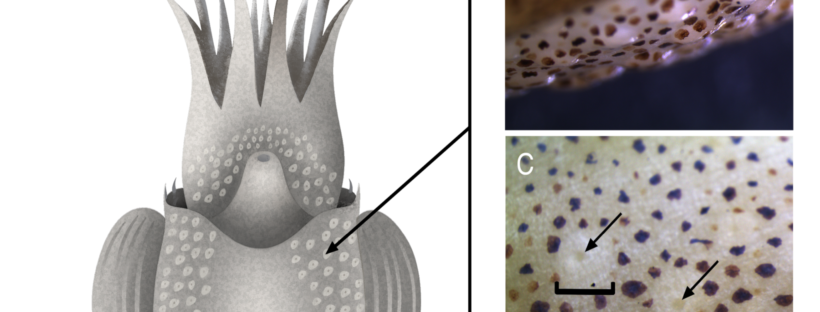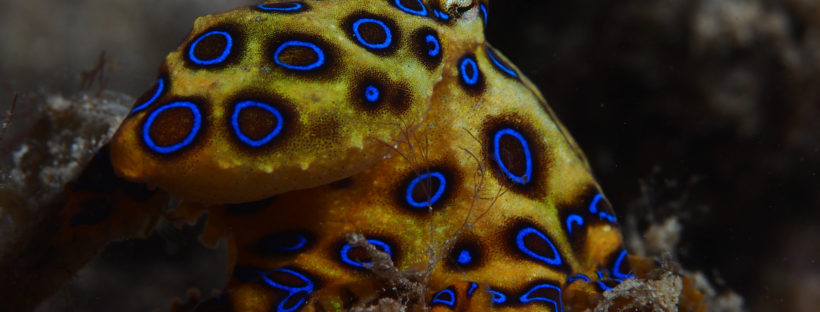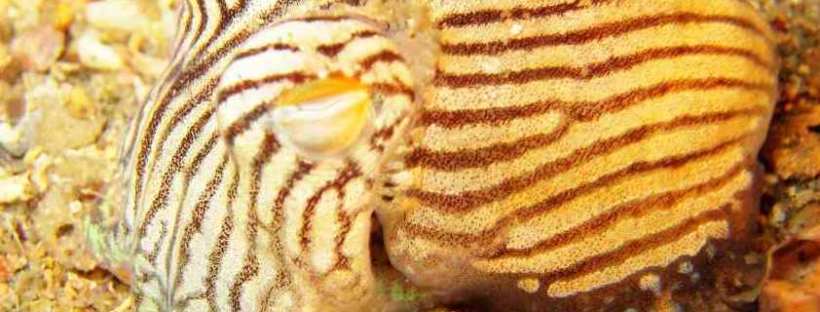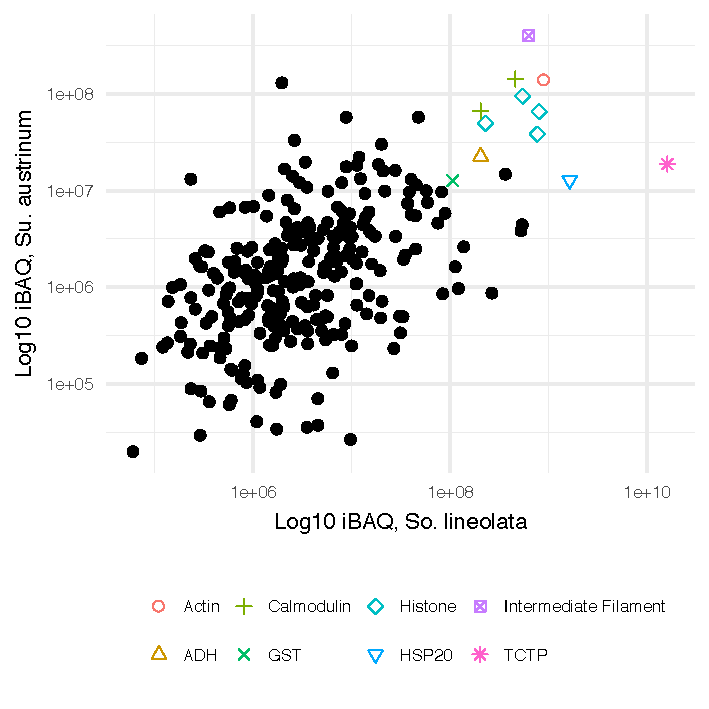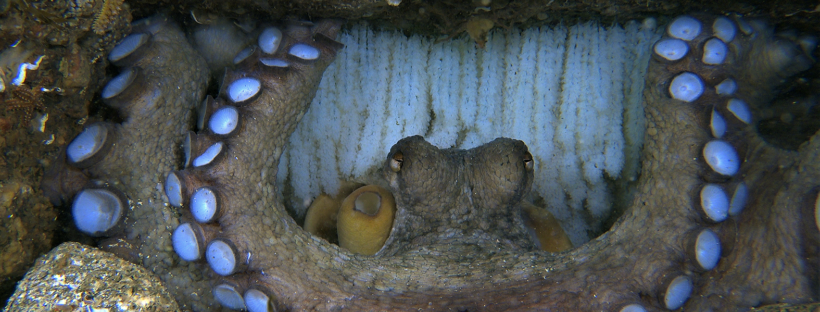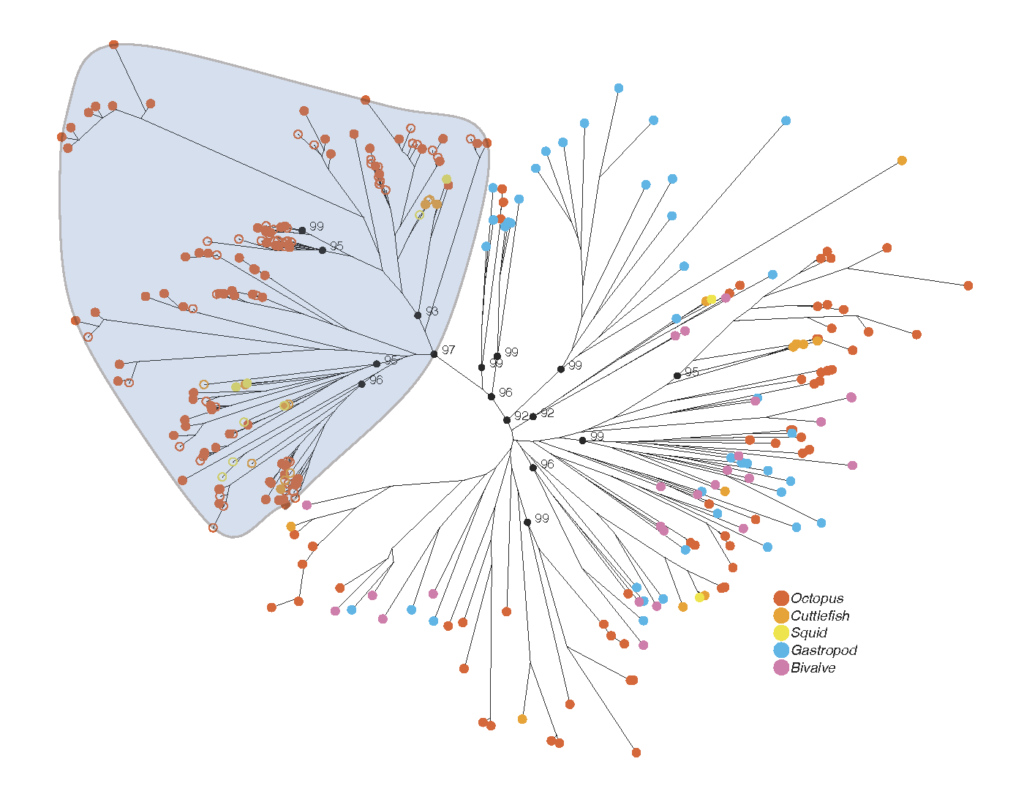By Sally Lau
On the 10th January I sailed on the RV Investigator from Perth, WA to the Southern Ocean and Southern Indian Ocean, and embarked a 57 days voyage alongside an IMAS-led research team. The main focus of the voyage was to examine Australia’s marine jurisdiction around William’s Ridge (Kerguelen Plateau), and the ancient rifting, break up and separation of tectonic plates that once connected William’s Ridge and Broken Ridge (Southern Indian Ocean). I volunteered as a molecular ecologist on this voyage to sample, identify and preserve any benthic biota that came up with deep sea rock dredges, as well as a Marine Mammal Observer (MMO) to ensure all underwater seismic operations were performed in the best interests of cetaceans (Thankfully we didn’t observe any marine mammals during our seismic days! Win-win for all mammals in the areas!).
A typical day of seismic science on the Investigator meant many happy faces in the mess during dinner time. But all would not be possible without team work between everyone on board – from the bottom deck (ship engineers who ensured ship mechanics ran right), to the operation room (where scientists and technical staff made sure the raw data were coming in as anticipated, and field operators checking all airguns were firing correctly), to all the way up the bridge (master and mates who steered the ship on the right course) and monkey island (MMOs and volunteers who made sure no cetaceans were in sight).

When seismic operation was over during each day, that’s when rock (and roll) night dredges began. In total we deployed 21 dredges and recovered benthic biota from more than half of the dredges – not a bad haul! Overall, we collected benthic fauna from depths between <1000 m and >4000 m, including animals from various taxa such as annelids, brachiopods, bryozoan, cnidarian, crustaceans, echinoderms and poriferans. We have now transported these specimens safely back to WA museum and hopefully they will be interesting assets to the collections!

Life on a ship can be a bit tough during rough weather (e.g. 10 m swell on valentine’s day) but the amount of interesting science and activities that were happening had made it very worthwhile to be on a research cruise in the Southern Ocean. Before this trip, I had never thought I could understand birds, geology and ship mechanics but here I am – a proud twitcher with a brain full of knowledge of rocks, seismic, mapping and ship science! I am very thankful to the science party (esp my awesome lab partner Paige Maroni), medical staff on board and the crew who made this such a rewarding experience.



